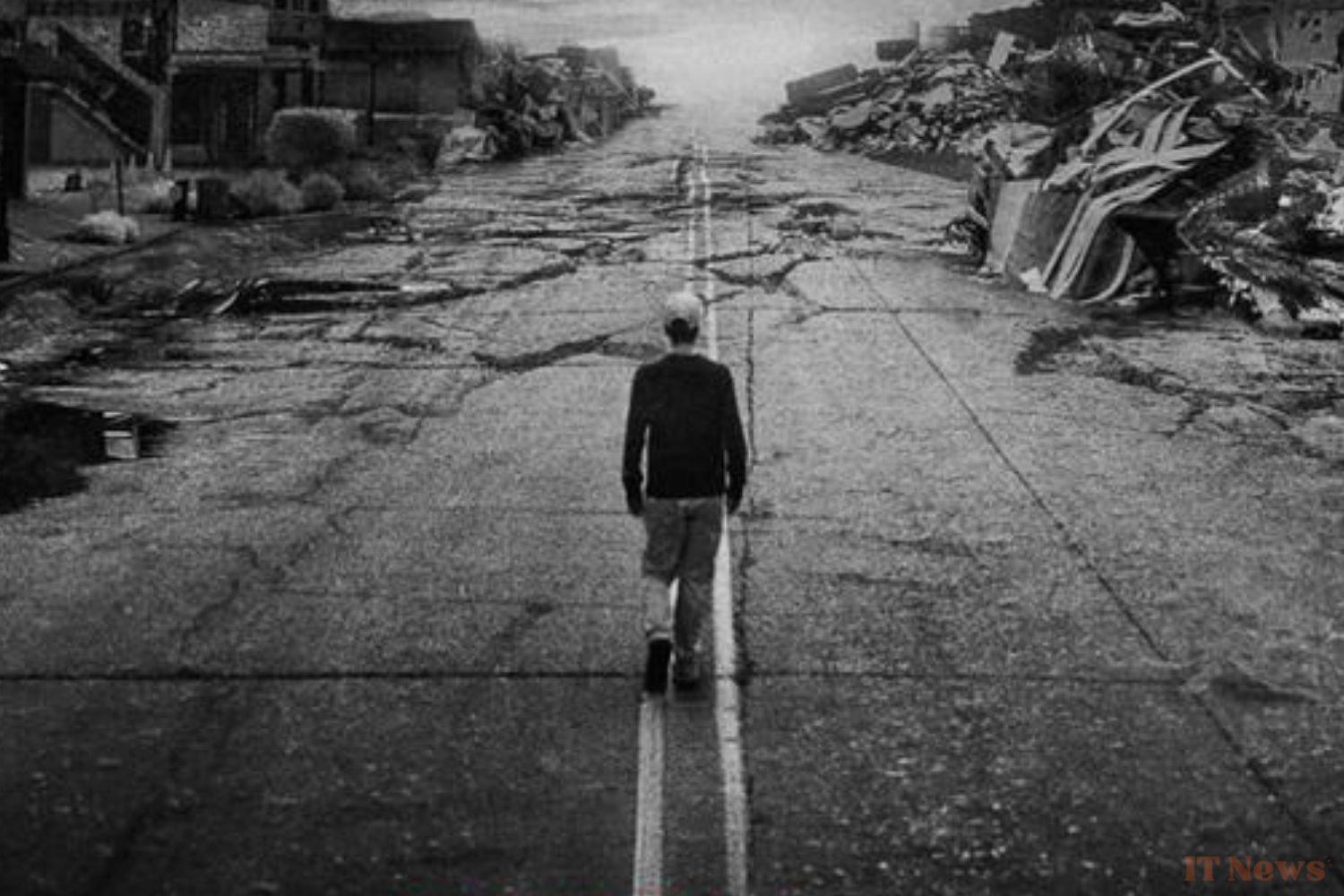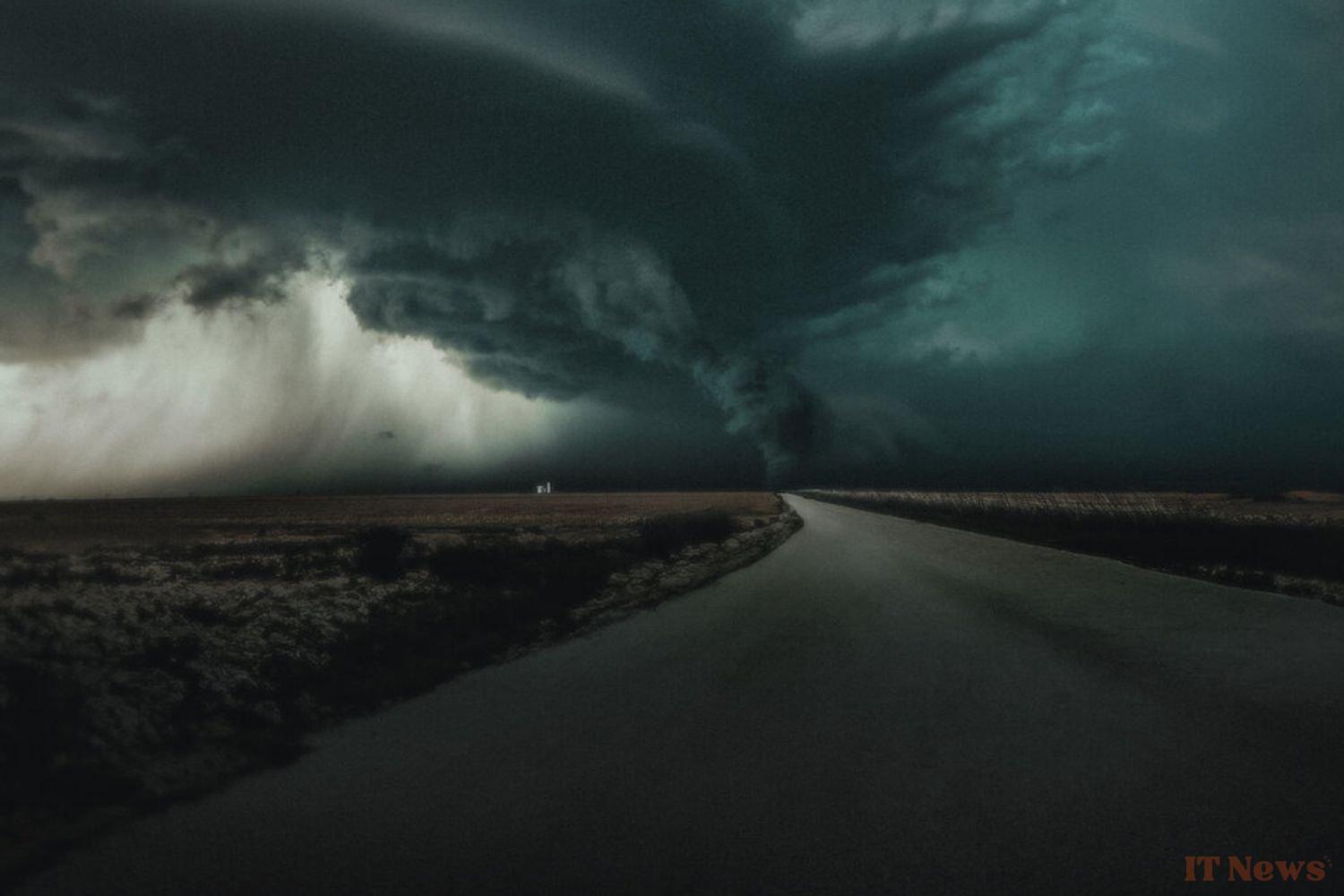The success of Twisters, the film starring Glen Powell and Daisy Edgar-Jones and its $372 million box office, 18 years after the first installment, confirmed the public's still-intact appetite for cataclysmic events in cinema and its love of tornadoes. However, the latter are not simply the product of Hollywood's imagination and history reminds us that reality can surpass fiction.
As in Joplin, a small town in Missouri in the United States, on May 22, 2011. While the forecast predicted a storm for the day before and the inhabitants were celebrating an end of the world that did not materialize, disaster struck in the form of an EF-5 tornado. With a maximum width of 1.6 km and winds exceeding 320 km/h, it ravaged the western part of the city over more than 22 km. 8,000 buildings were affected, 4,000 completely razed, including the high school and a large part of the hospital. The event caused the death of 161 people and 1,150 injuries, making it the deadliest natural disaster to date in the United States.
Director Alexandra Lacey, who also worked on The One You Think You Know: Anna Nicole Smith, another documentary produced by Netflix, returns to the event for the streaming platform with archival footage and meetings with those who were there, including rescue workers, meteorologists, and survivors. A production that firmly occupies the SVoD service's Top 10, and rightly so.
The Day Everything Tipped Over
The documentary film has no intention of seeking sensationalism at any cost, preferring to let its participants unfold the events themselves. Everyone remembers where they were when everything changed, and Alexandra Lacey and her team fully intend to remind us that the tornado affected people who had lives, desires, and friends. Years later, faces are still marked and eyes darken as they recall the unimaginable. The tension rises crescendo to the tempo of the testimonies that accumulate and as the hours of this fateful day pass.
And when tragedy strikes, the archive footage leaves little to the imagination and the tornado is seen as much as it is heard. An imagination shaped, nevertheless, by what could not be filmed, but which is recounted in many details by the survivors. It's a shame that the disaster documentary indulges in a bit too much digital footage to dress up these memories, the symbolic exaggeration of which breaks the immersion at times. Similarly, we feel that the director sometimes tries to force the emphasis in the gaze of her protagonists when it's enough to simply let them express themselves to grasp all the drama behind their words.
The real consequences of a tornado
At the end of Twisters, the heroes coo knowing that they will soon sign for a second opus with a big check at stake (the project is currently on the table). At the end of Twister: In the middle of a tornado, residents find a pile of debris they called home just hours before. They search for their family and friends, and mourn the lost ones. The documentary's most impressive images aren't so much the ones at the heart of the storm as the devastated landscapes that follow. The high school, where students were receiving their diplomas just this morning, is a field of ruins. The store is recognizable only by the bottles still strewn on the ground. The film compiled a significant amount of archive footage from locals, TV stations, and security cameras, and it's hard to believe what you see, as reality surpasses fiction in terms of damage.Less exploited by Hollywood, the production also focuses on wind-borne diseases that can have an impact even when the worst is believed to be over. The images are sometimes shocking. In its final segment, the disaster documentary lets the emotional charge take over, between the tragic loss and the surge of solidarity with a community that remembers, supports each other, and continues to move forward.
A reflection on the impact of global warming
Why is this kind of documentary even more important 14 years later? Because, as he so aptly puts it, this kind of phenomenon has become more frequent, less predictable, and is closely linked to global warming. On May 22, 2011, no one imagined that this enormous cumulonimbus cloud would destroy half a city. It is becoming almost impossible to protect ourselves against these increasingly violent disasters, and they have a considerable human and financial cost.
Lives turned upside down, post-traumatic stress, broken destinies... While climate skeptics have taken control of the White House, Twister: In the middle of a tornado reminds us that in the end, heroes don't always kiss.





0 Comments